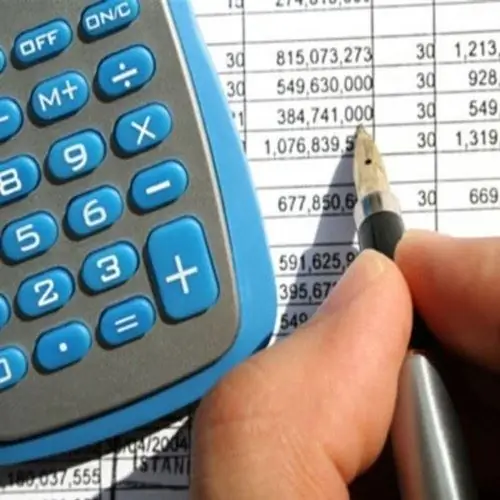- Author Isaiah Gimson [email protected].
- Public 2023-12-17 02:53.
- Last modified 2025-01-24 12:06.
The balance sheet compiled by the accountants in the enterprise has an asset and a liability. All transactions carried out are recorded as an asset as well as a liability. In order to correctly keep records and avoid mistakes, you need to learn how to determine the passivity and activity of the account.

Instructions
Step 1
First of all, you should know what an asset and a liability are. An asset is property that belongs to a legal entity. This includes fixed assets (buildings, vehicles, equipment, etc.), finished products, materials, financial investments, and more. Liabilities are those sources from which the assets of the organization are formed. This can include trade margins, depreciation of fixed assets and intangible assets, borrowed funds, and more. Please note that some accounts can be active-passive, that is, they can give both profit and loss. These accounts include "Settlements with suppliers", "Settlements for taxes" and others.
Step 2
Review the operation carefully. Active accounts are those that generate income; to passive - what entails the consumption of some resources. Let's say you are depreciating a fixed asset. In accounting, reflect this by posting: D20-K02. Account 20 "Main production" is an active account, in the balance sheet it is accounted for in the second section "Current assets" on the line "Inventories". Account 02 "Depreciation of fixed assets" - passive. The amount of depreciation deductions is indicated in the appendix to the balance sheet and income statement.
Step 3
If you doubt the passivity or activity of the account, you can use the chart of accounts. In some publications or programs (for example, 1C), the account type is indicated next to the name.
Step 4
To check if you have correctly reflected business transactions, create a balance sheet. Asset and liability should be equal, if your totals differ, you reflected something wrong. The principle of double entry is applied here, on which all accounting is based. Check the correctness of the reflection of transactions again and form the balance again.






